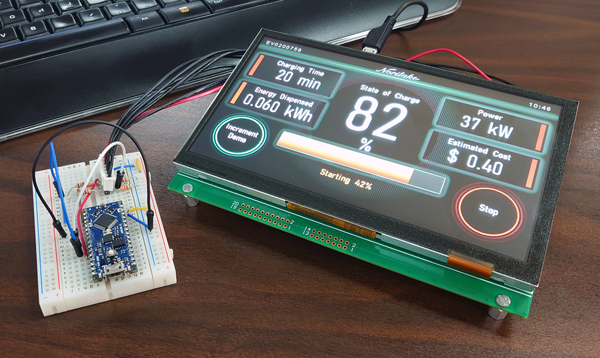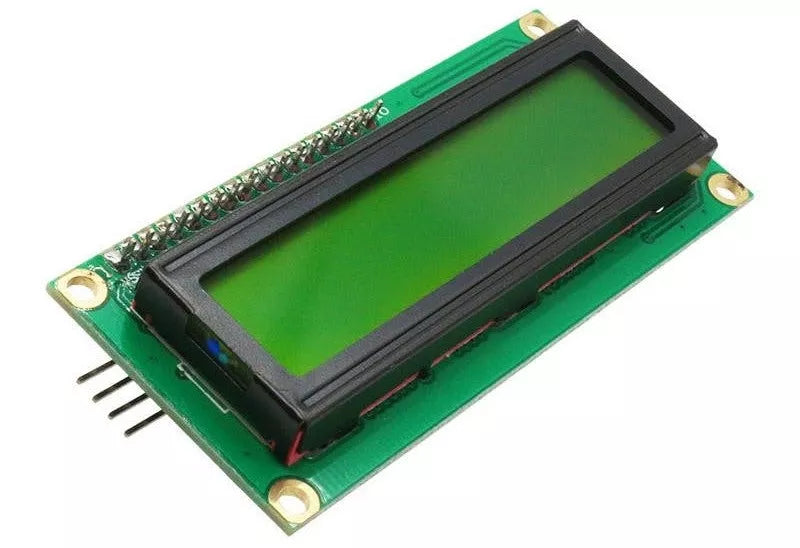
Temperature significantly impacts display modules: at -10°C, liquid crystals slow, increasing response time by 5-10msand dimming brightness; above 50°C, LED backlights degrade faster, reducing outp...
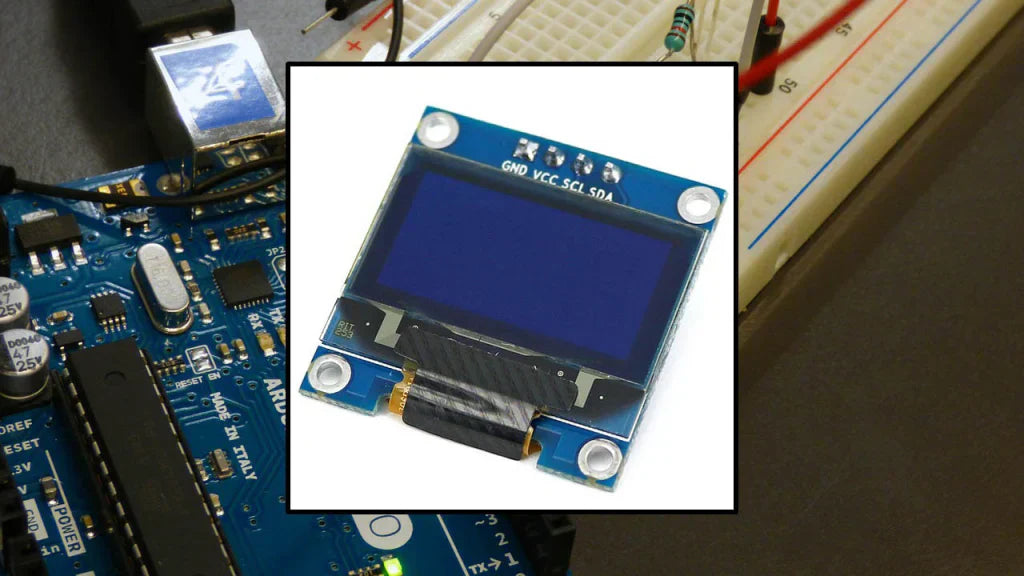
To test an AMOLED display module’s quality, start by checking dead pixels in a dark room—aim for fewer than 3 dead pixels per million to avoid noticeable flaws. Use a colorimeter to measure color a...
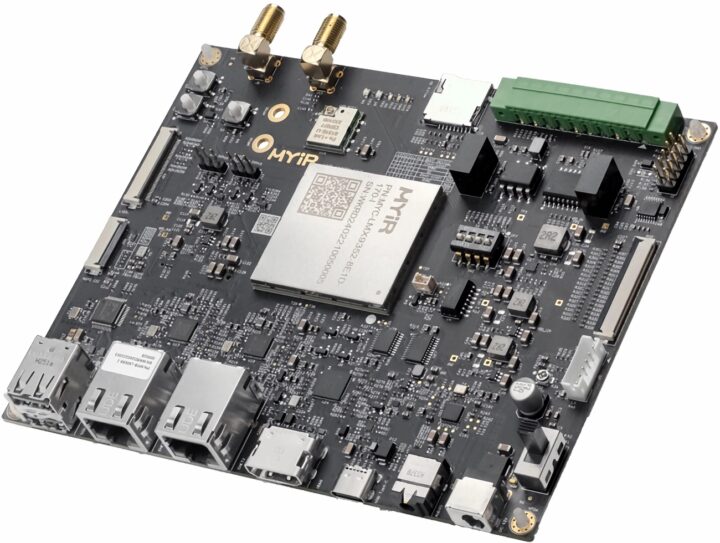
You can customize NexPCB display modules—we support adjustments like 1.3-inch to 7-inch sizes, 800x480 pixel resolutions, and interface options (SPI/I2C/RGB); our engineers aid in refining designs,...
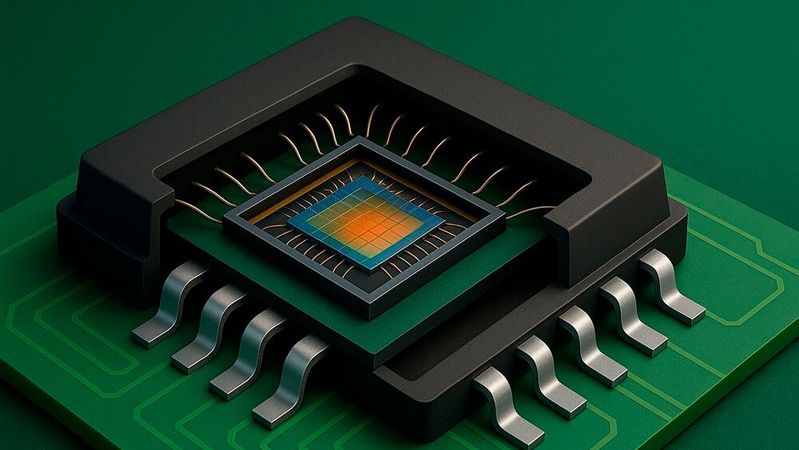
Yes, PMOLED modules prove durable for industrial use: they typically last 50,000 to 100,000 hours(outperforming many LCDs), withstand extreme temperatures from -40°C to 85°Ccommon in factories or w...
Yes, TFT LCD modules generally support touch easily: over 70%of modern TFT panels integrate pre-designed touch layers (resistive or capacitive), adding just 5−10to costs; manufacturers often includ...
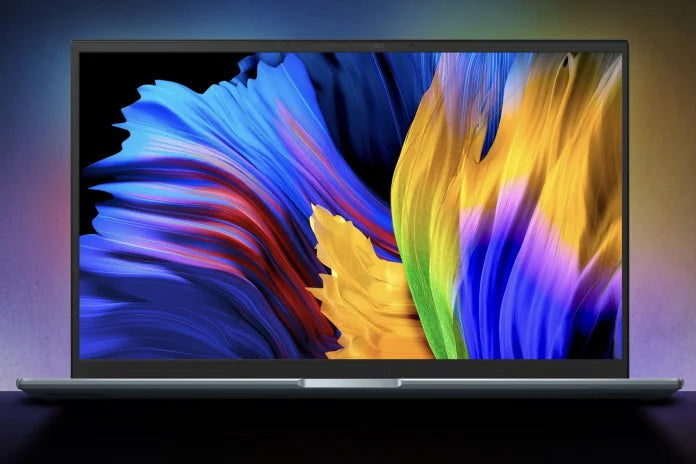
When selecting brightness for your graphic OLED module, factor in ambient light: aim for 100-200 nits in well-lit rooms (e.g., near windows) to combat glare, or 50-100 nits in dim spaces (e.g., bed...
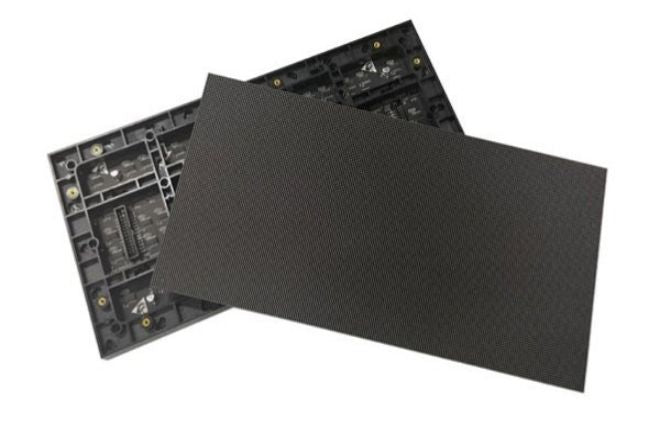
For standard display modules, common sizes range from 1.3 to 2.8 inches diagonally, with popular options like 1.3-inch (128x64 pixels), 1.54-inch (160x128 pixels), and 2.4-inch (240x240 pixels). Co...
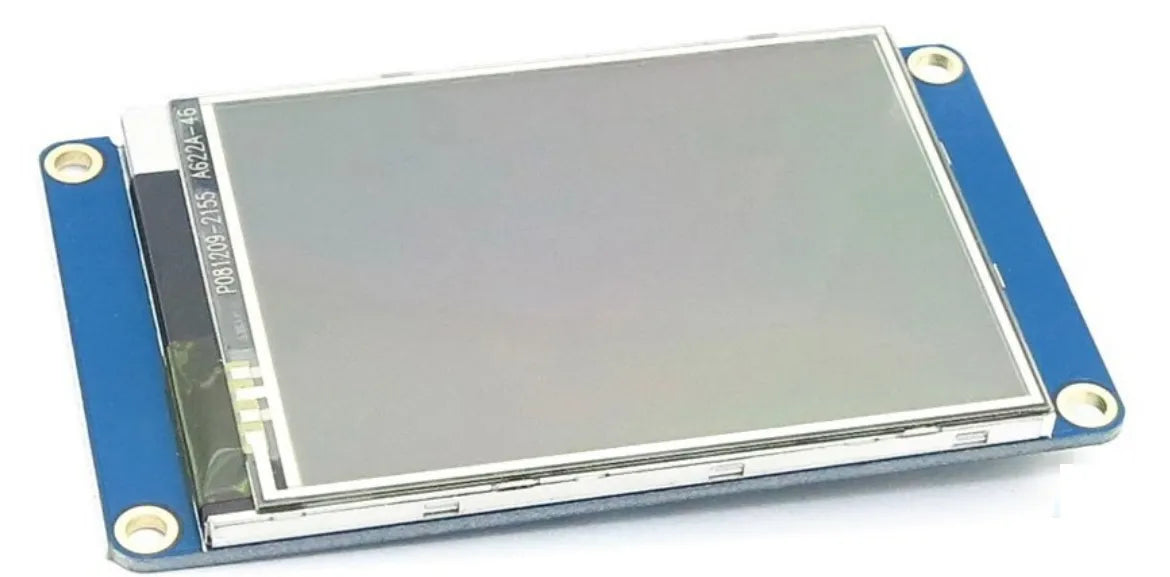
To program NexPCB display modules effortlessly, leverage their NexCode IDE—a beginner-friendly tool with drag-and-drop blocks and auto-generated code, skipping complex syntax. Users access 8 preset...

Yes, IPS modules can work outdoors effectively: they endure -40°C to 85°C temperature swings, resist dust/water via IP65 rating, and boast 1500 nits brightness for sunlit visibility, ensuring stabl...


